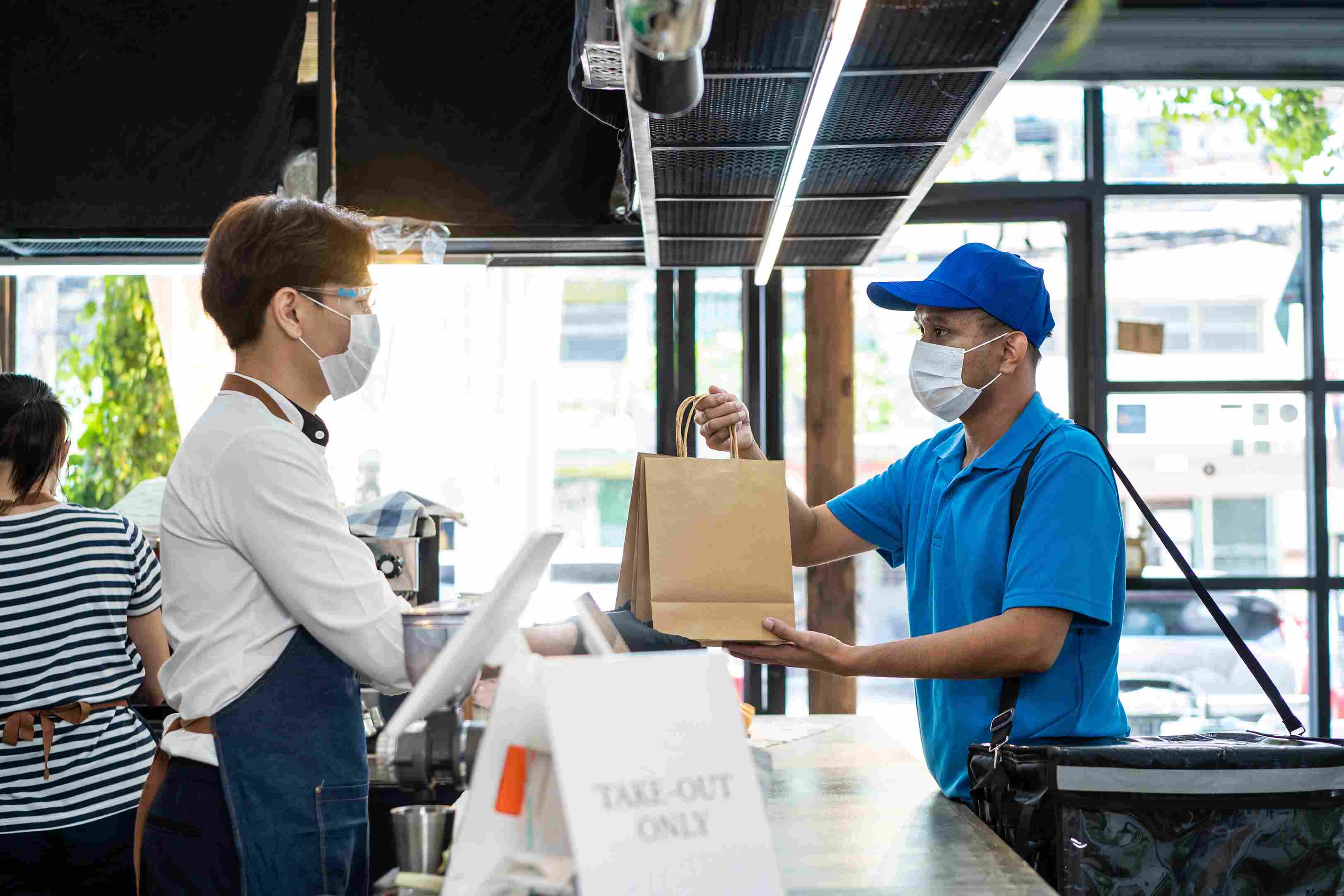

In The Media | CSR
Food Service in Indonesia: Definition, Market Size, Trends, Challenges
21 March 2023
Are you someone who loves trying out new restaurants or exploring different cuisines? Do you find joy in dining out with your family and friends or even by yourself? If your answer is yes, then you're probably a big fan of the food service industry!
In simpler terms, the food service industry is a collective sector of businesses and organizations that prepare and serve food and beverages to customers. It's a very diverse industry that caters to all kinds of foodies, whether you're looking for a quick and affordable meal or a luxurious gastronomic experience.
In this article, we will first start by defining what the food service industry is, then move on to discuss the market, trends, and challenges faced by this industry. Keep reading and gain insights about everything you need to know about the industry.
Food Service Industry: Definition

The food service industry refers to businesses and organizations that prepare and serve food and beverages to customers. The industry includes a wide range of businesses, including restaurants, cafes, bars, catering companies, hotels, and other food and beverage service providers.
Oftentimes, people misunderstood the food service industry as the hospitality industry. Although similar, both are different. Looking from its focus, the food service industry focuses on providing high-quality, tasty, and nutritious food and beverages, coupled with excellent customer service. While the hospitality industry focuses on providing a comfortable, safe, and enjoyable experience for its guests or customers.
In some cases, these two industries can overlap. For example, restaurants located within hotels or restaurants that provide food delivery services to hotels can be considered as part of both industries. But generally speaking, the food service industry and the hospitality industry are two separate industries with different customer service focuses.
Overall, the industry plays a crucial role in the daily lives of people all over the world, providing not only food, but also a wide range of dining experiences and cultural traditions.
Food Service Industry: Market Size
After defining what the food service industry is, we will now move on to the market size of the industry. As mentioned in a report released in 2022, despite the midst of the COVID-19 crisis, the global market for the industry is estimated at US$3 Trillion in 2020. It is projected to reach US$4.1 Trillion in 2026, growing in CAGR by 5.4% during the analysis period.
Socio-economic conditions become the main contributors to growth in the industry. This includes high disposable incomes, busy and increasing mobile lives, increased outsourcing of non-core activities by companies, and market expansion into new areas such as transportation and retail. Other factors that can influence the market are tourism, immigration, food variety, and technological advances.
In Indonesia, the food service market was valued at USD 34,985.26 million in 2023 and is projected to record a CAGR of 8.44% over the next 5 years (2023 - 2028) according to Mordor Intelligence. Just like the global market, the market in Indonesia is also influenced by many factors. These factors include the growing percentage of the young and working population and the availability of restaurants offering quality food and service. Also, exposure to different types and cuisines of food has led to an increased demand for restaurants that offer a complete dining experience.
Food Service Industry: Trends
_11zon.webp)
The food service industry is a diverse and dynamic landscape that is influenced by a variety of factors. Some of these factors include shifting consumer preferences, technological advances, and developing market conditions. Globally, there are several trends currently shaping the industry. Such as a growing focus on health and well-being, increased adoption of technology and digital innovation, greater emphasis on sustainability and ethical practices, and increased convenience and flexibility in dining experiences.
This trend is also reflected in local markets, including in Indonesia. Cultural preferences and consumer behavior shape the industry in unique ways. Here are 3 trends in the food service industry in Indonesia, according to United States Department of Agriculture:
1. Cloud kitchen
Currently, there are kitchens that only make food for delivery or takeaway called "cloud kitchens". The cloud kitchen trend is popular and is commonly found in big cities like Jakarta, Surabaya, and Bandung.
2. Expansion of fast-food chains
In Indonesia, fast food restaurant chains are quite popular. There are several reasons for this popularity, including convenience, affordability, and the variety of food options offered by these chains. Some of the successful restaurant chains in Indonesia include Pizza Hut, Marugame Udon, and a few others such as KFC and McDonald's.
3. Healthy restaurant concept
Following consumer preferences that are currently shifting their diet towards healthier and cleaner food, restaurants are now catering to this particular market by expanding their menu range to more organic and vegan-friendly options amongst other amazing innovations. This indicates how important it is for businesses to be open to new opportunities as reflected in their consumer behavior — a way to stay relevant with the ever-changing market.
Read also: 7 Food and Beverage Trends to Look Out For in 2023
Food Service Industry: Challenges

The food service industry, like any other industries, faces several significant challenges that can impact its profitability, sustainability, and ability to provide quality food products and services to consumers. The industry constantly faces complex challenges that require businesses to be flexible, innovative, and responsive to change.
One of the challenges that the industry often faces is labor. To provide the best service to consumers, this industry needs a workforce system that can support smooth operations. According to a report from the National Restaurant Association in 2022, 7 out of 10 operators in all major segments said their restaurants currently lack employees to support customer demand.
Apart from labor, the industry also deals with changing consumer preferences and trends. As consumers become more health and eco conscious, they are seeking more sustainable and healthier food options. As if it wasn't a great challenge already, they also look for businesses that offer eco-friendly packaging as a way to support the waste reduction campaigns. This pushes businesses to invest in new technologies and make significant changes to their business models, which can often be costly and time-consuming.
Regulatory and security issues are also a challenge that the food service industry needs to pay attention to. Food safety is the most important factor for the industry. Every business must comply with regulations and standards for food preparation, handling, and storage to avoid foodborne illness which can result in negative damage to the business's reputation.
Despite the many challenges it faces, the industry remains an important part of the global economy. They provide millions of jobs and serve billions of customers every day. Businesses that can overcome these challenges, and provide quality products and services that meet evolving customer needs and preferences, are likely to thrive and succeed in the years to come. If you are interested in updates and insights related to the food service industry, read our other articles here.
***